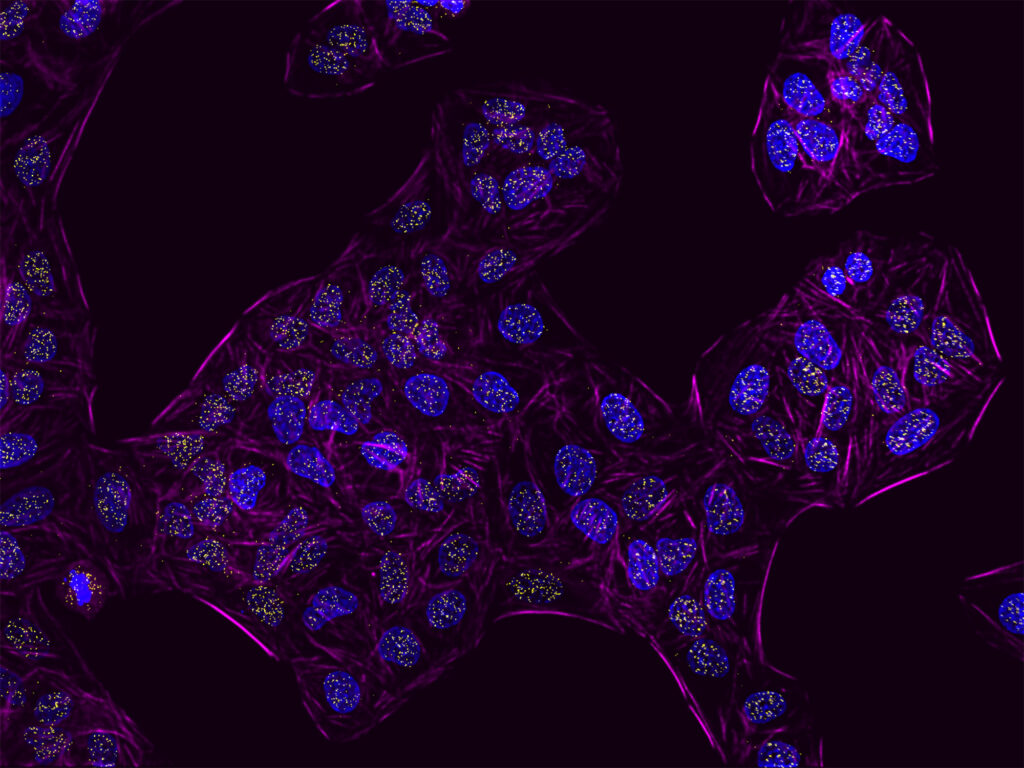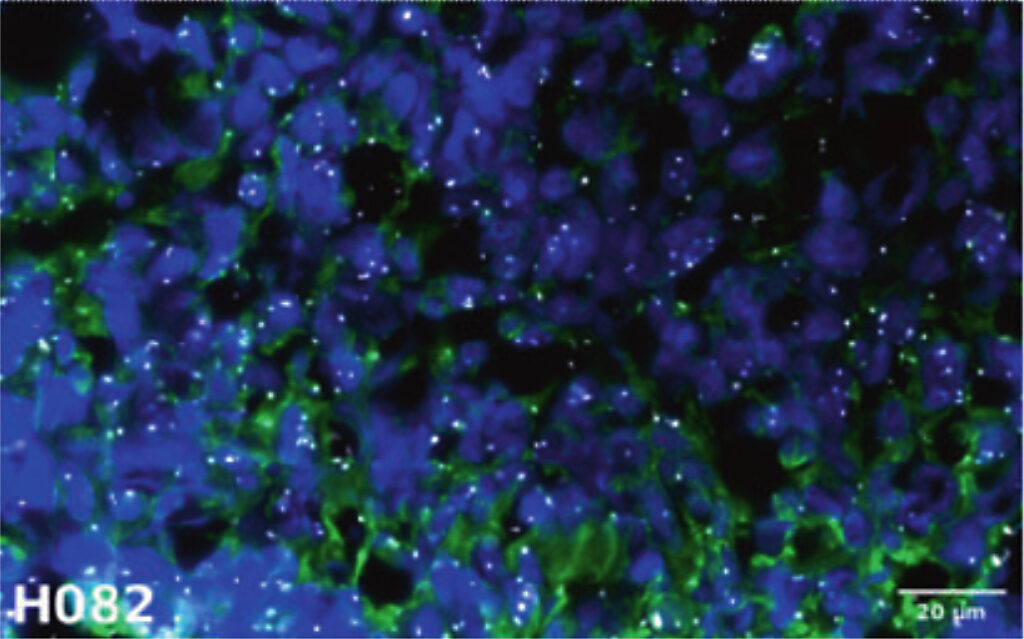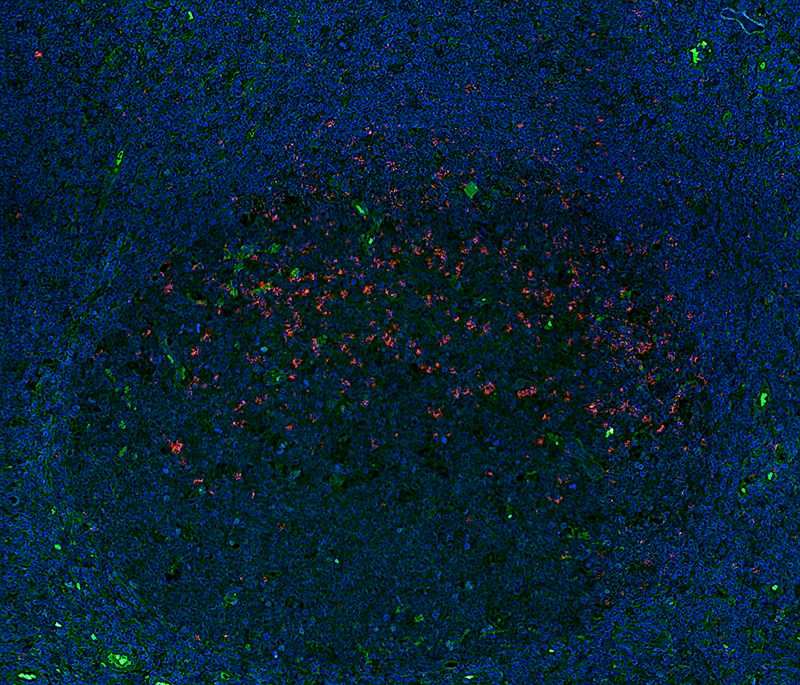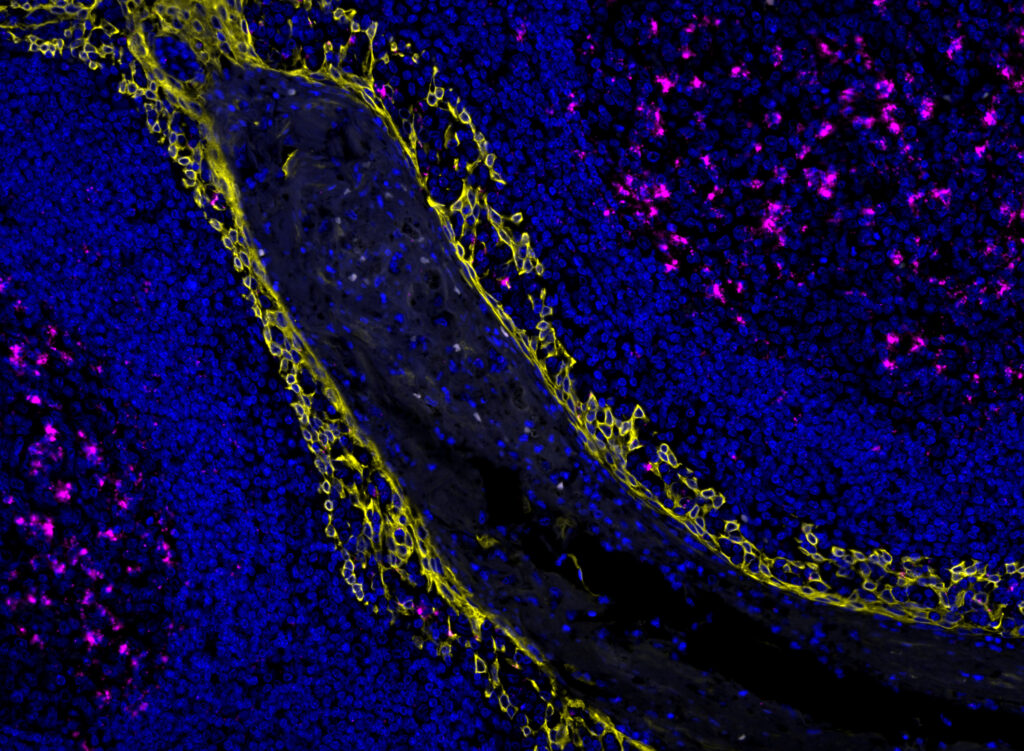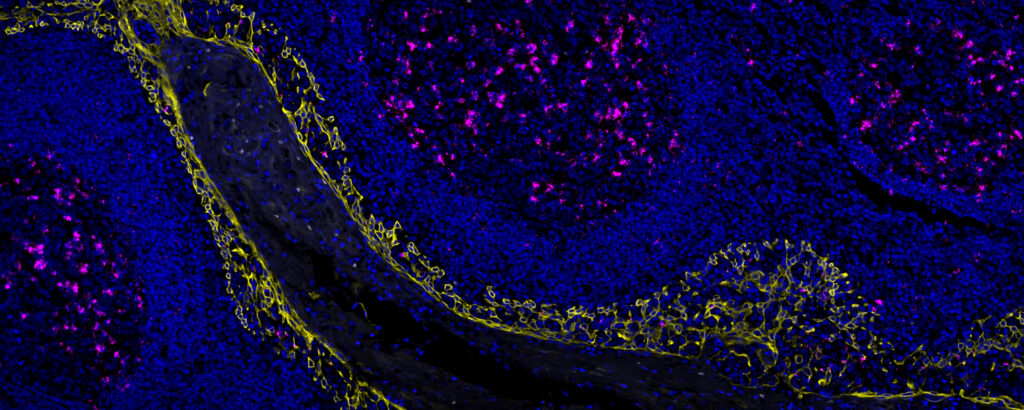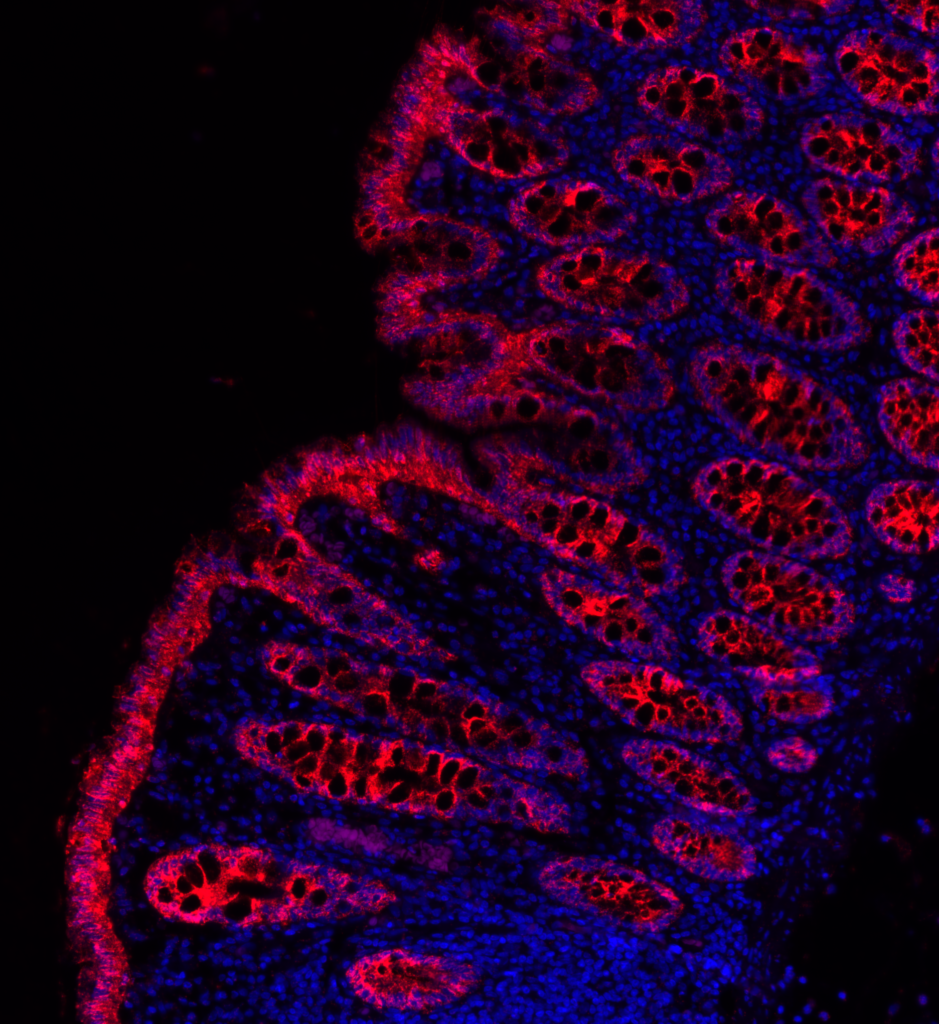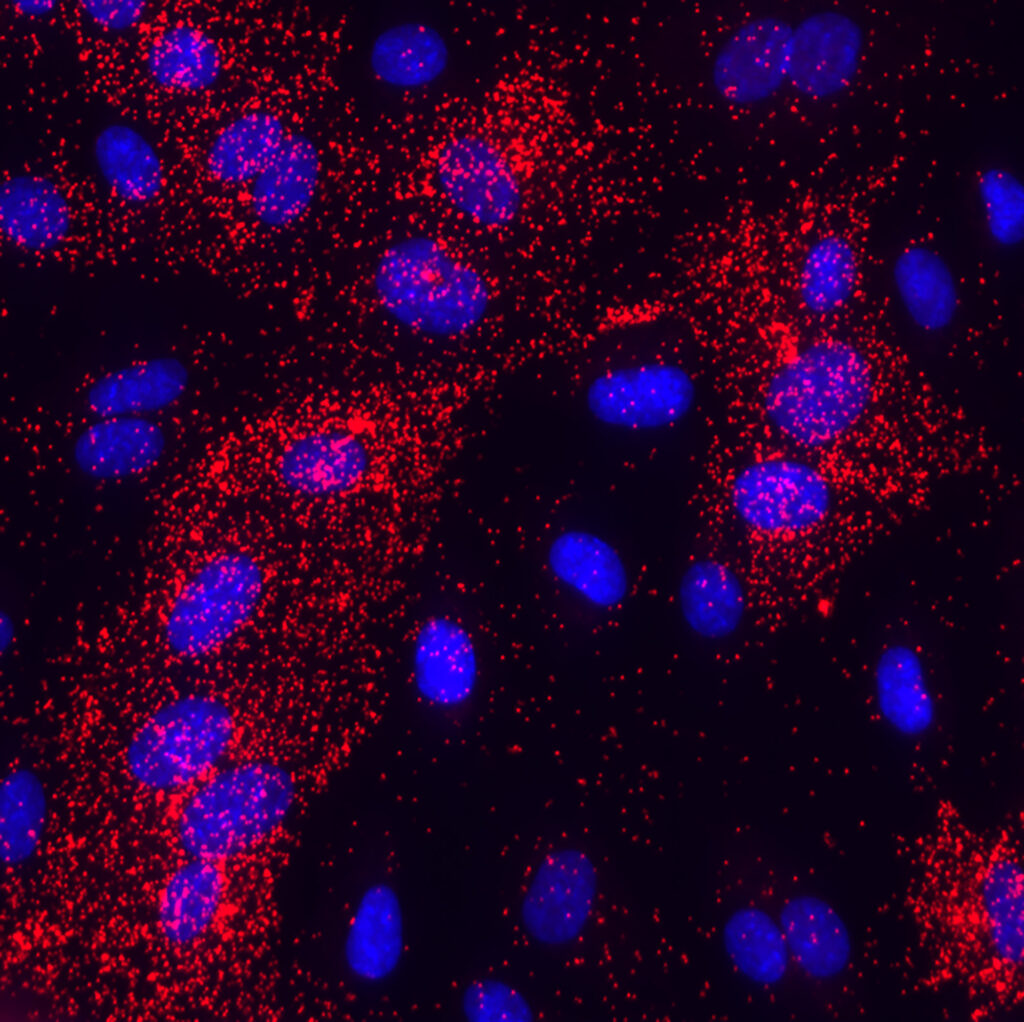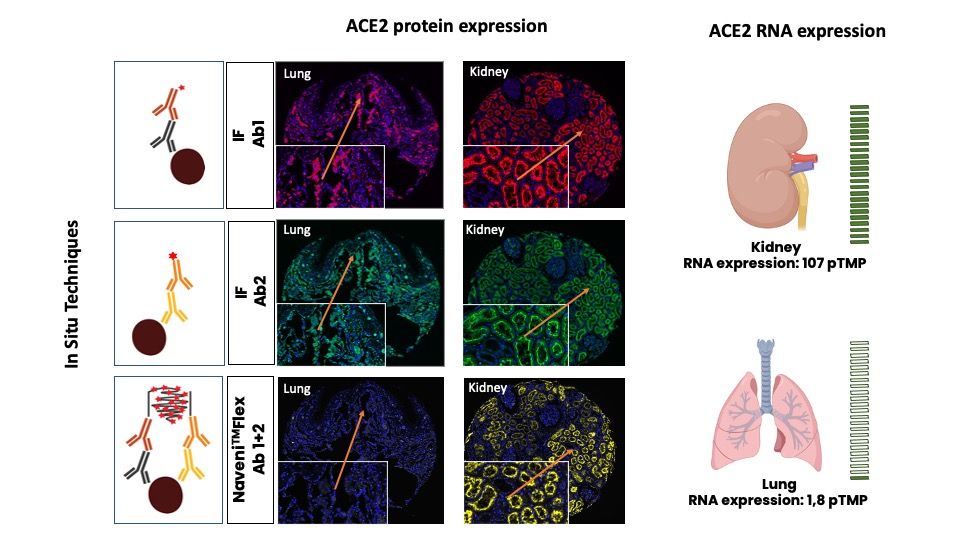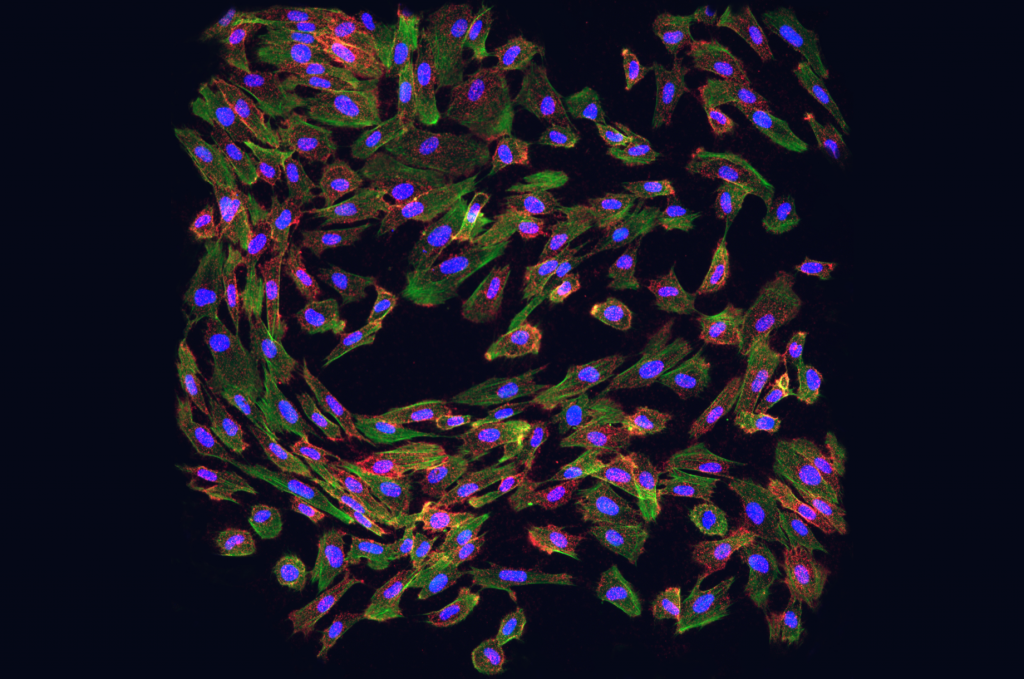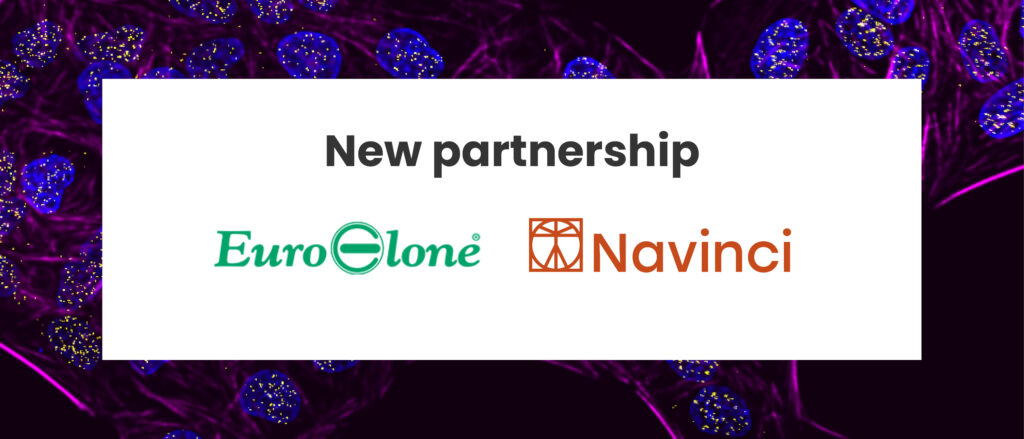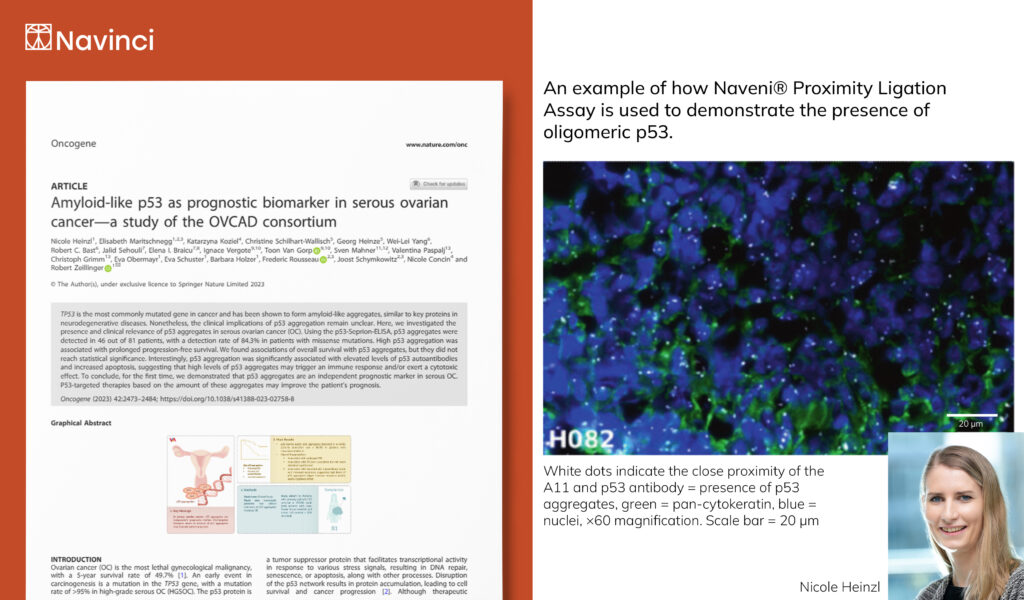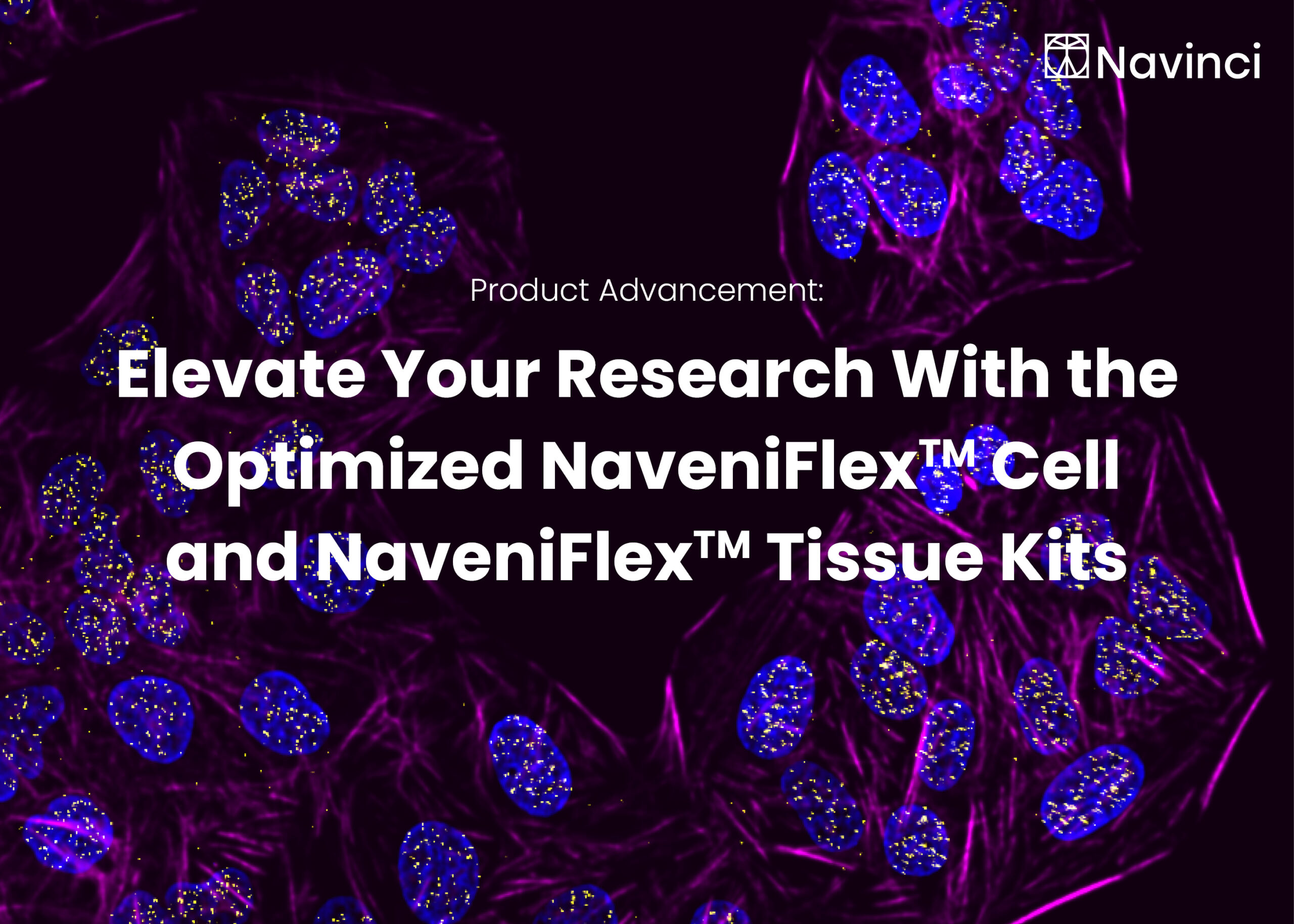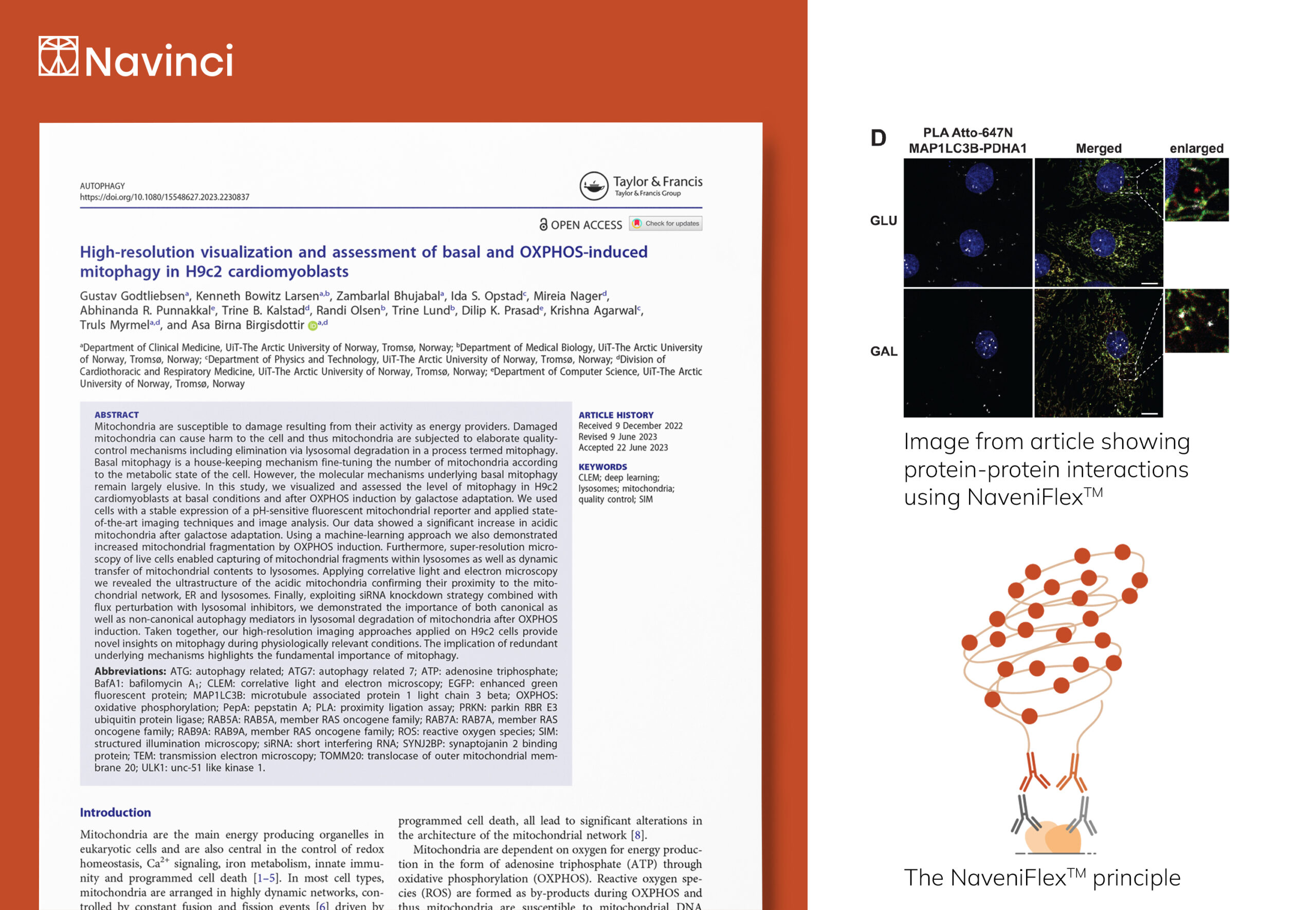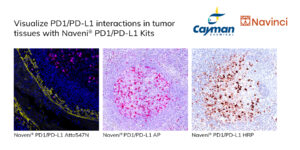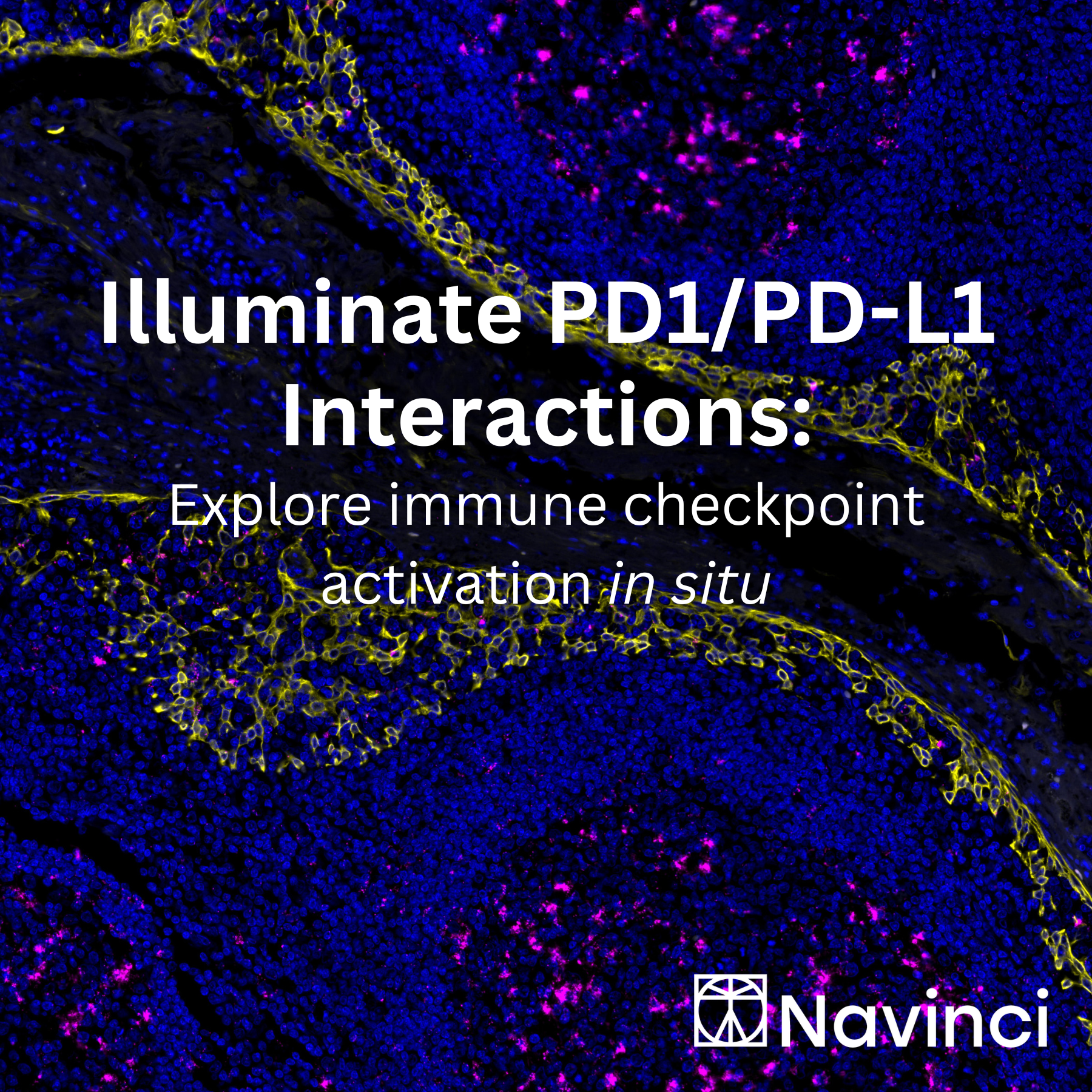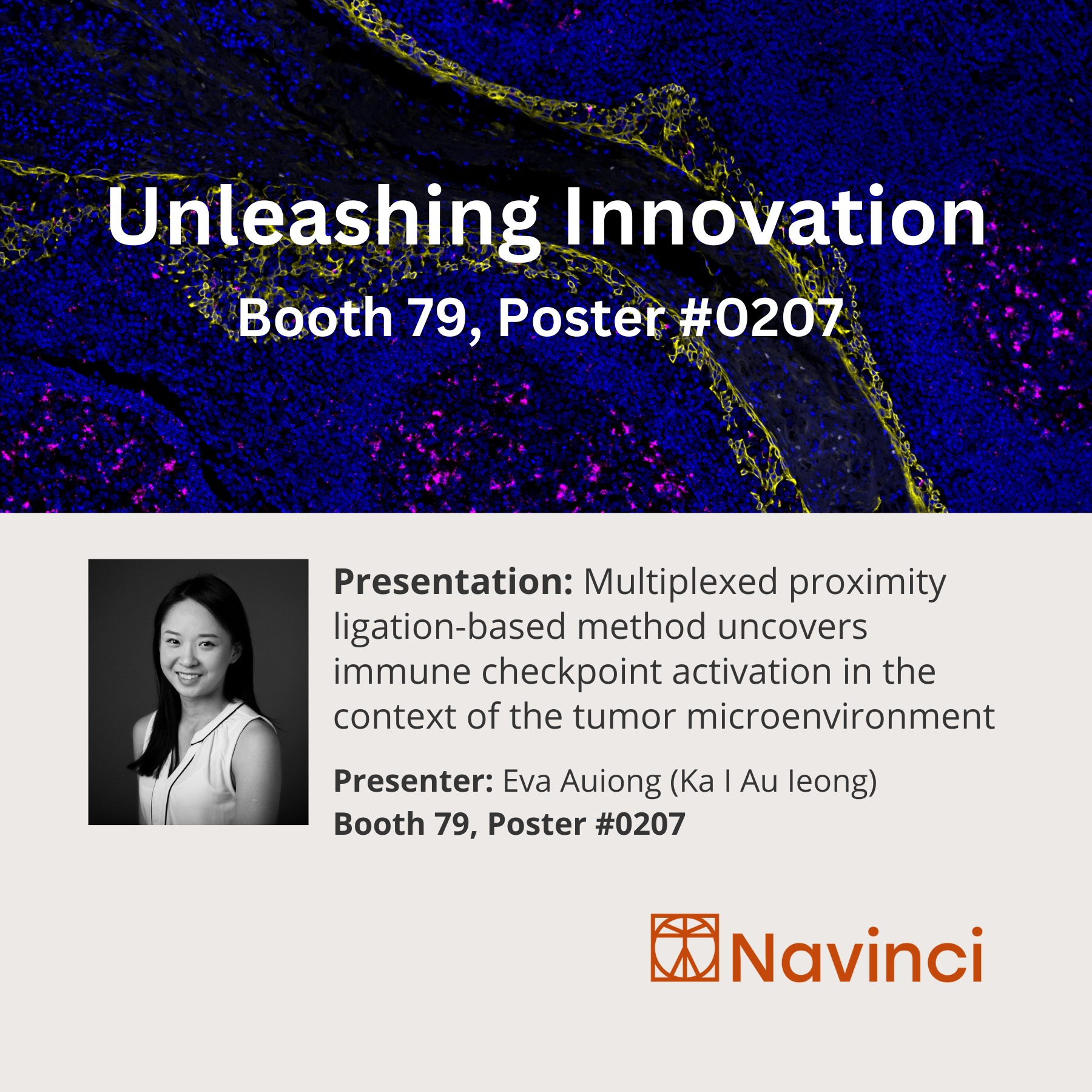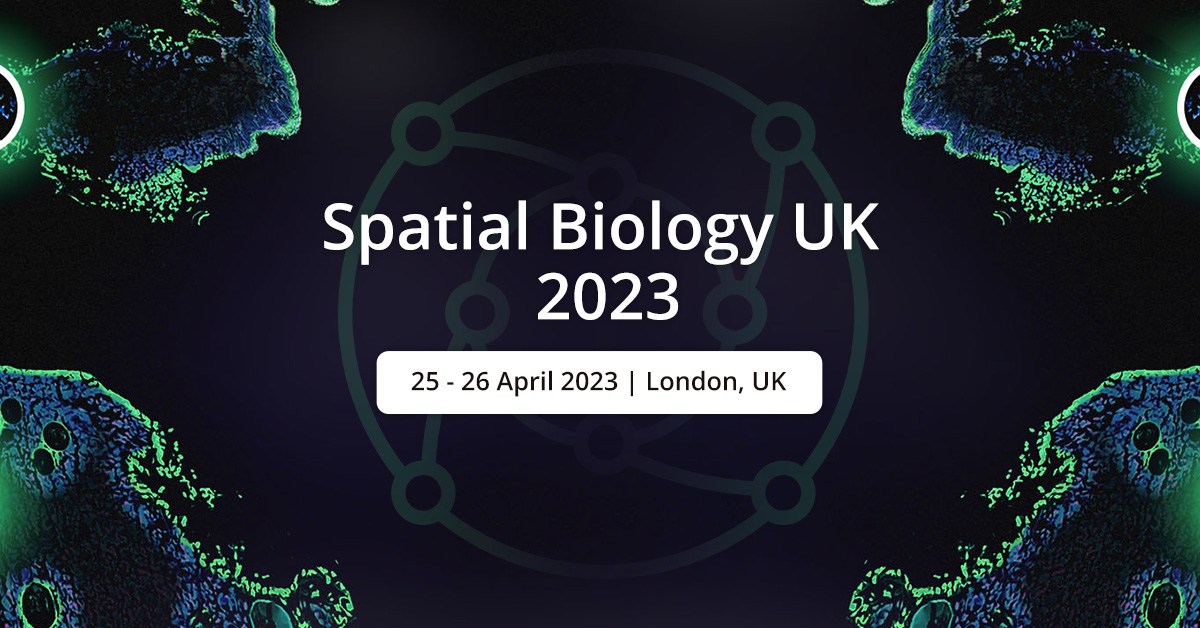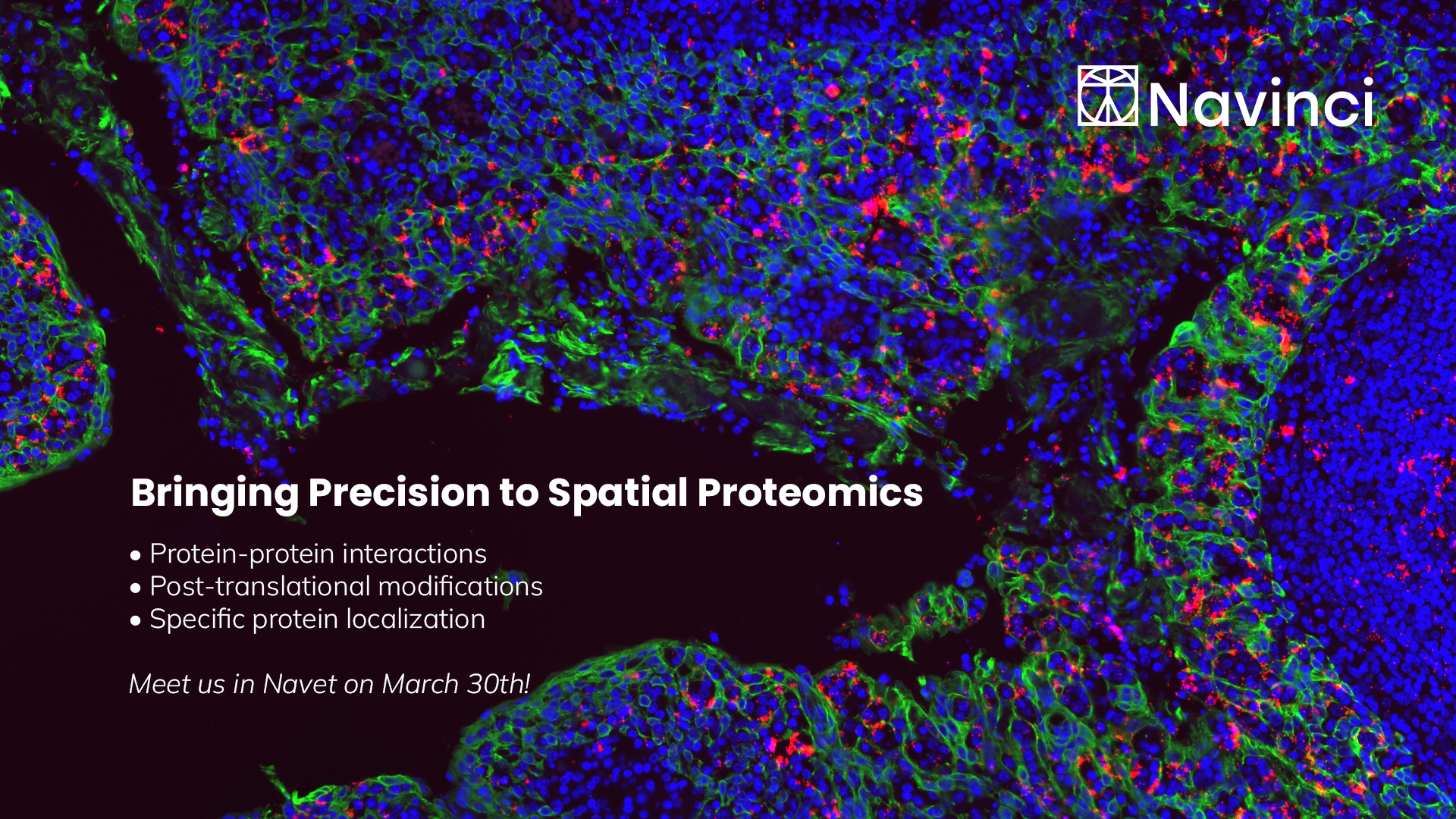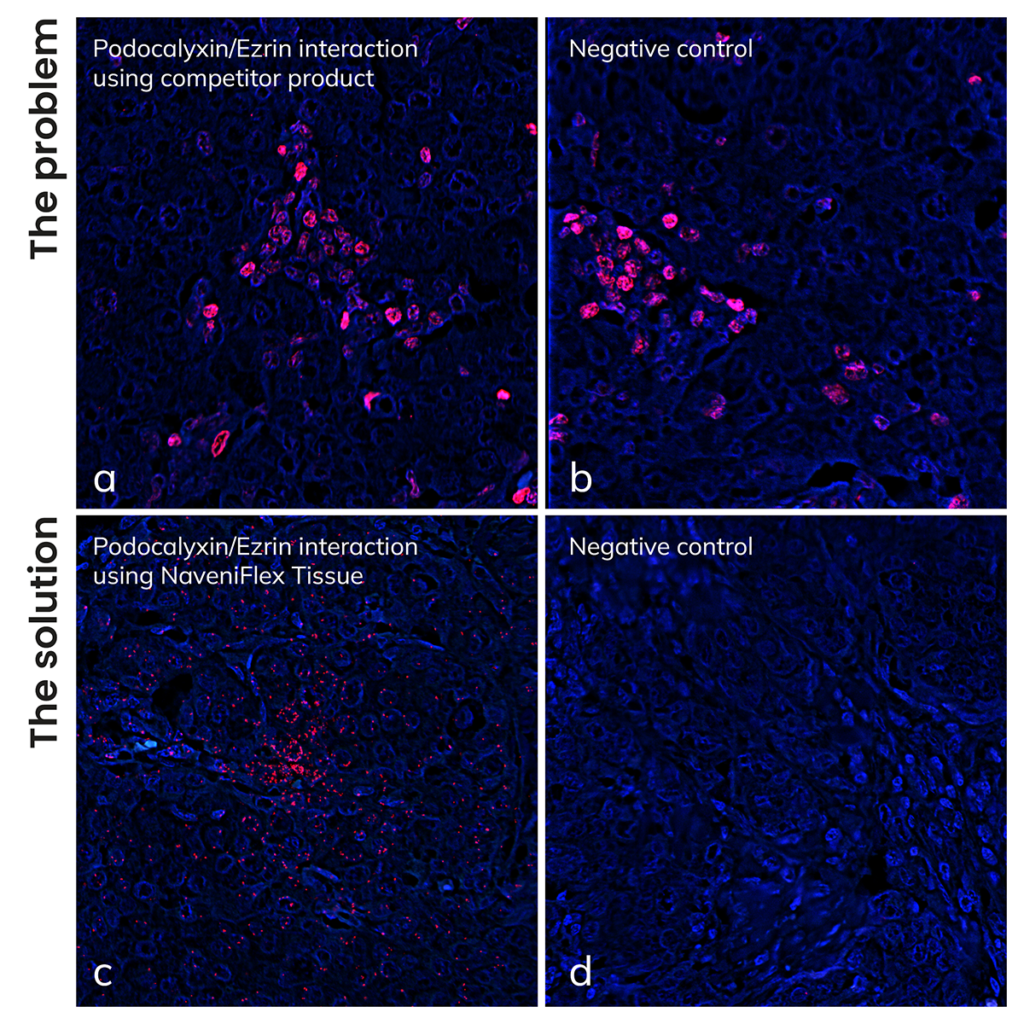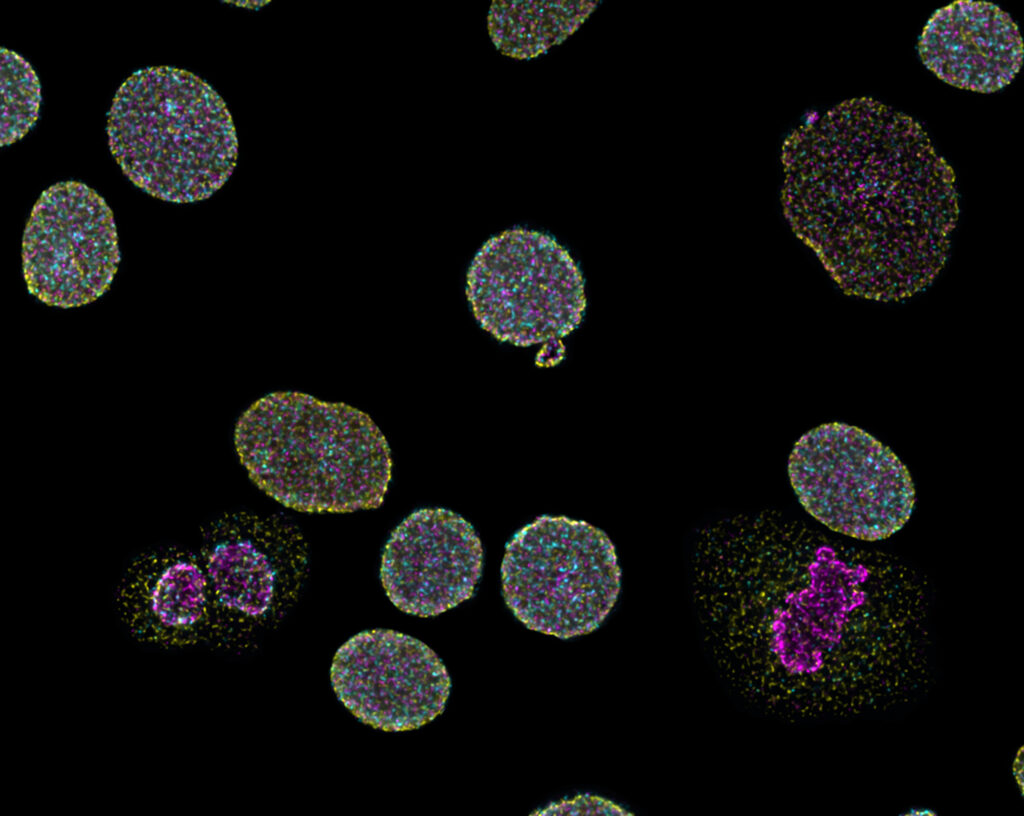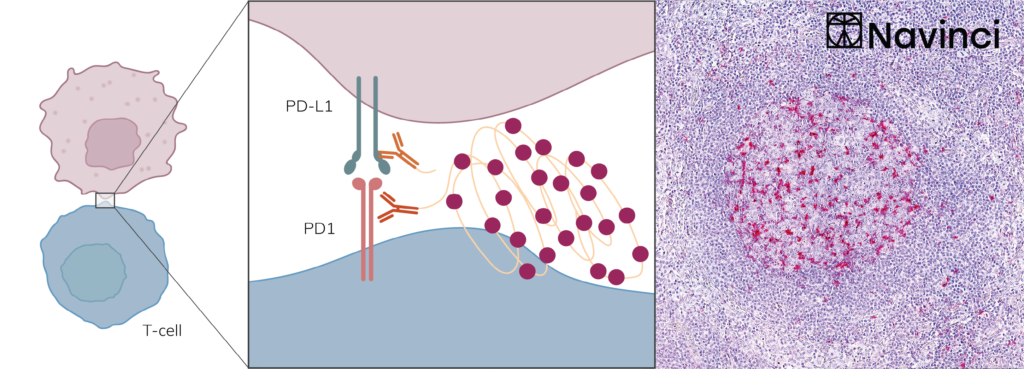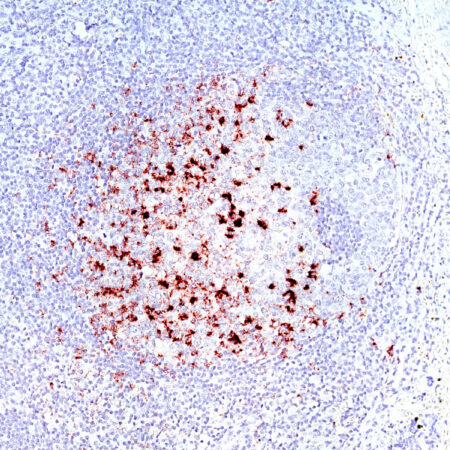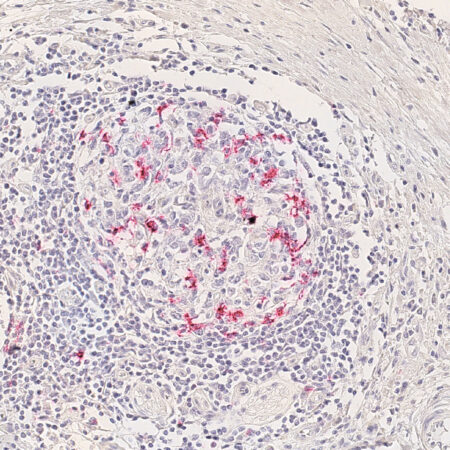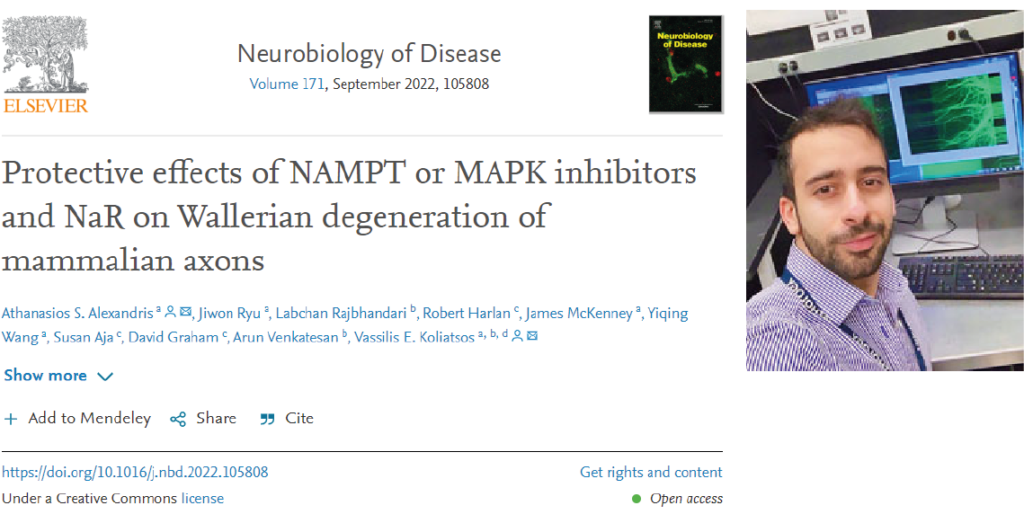Uppsala 23/08-2022
Dr. Athanasios Alexandris is a postdoc at the department of Pathology at Johns Hopkins in the lab of Professor Vassilis E. Koliatsos. They explore the fundamental mechanisms of neural responses to traumatic and degenerative signals, and are especially interested in the role of injury-related stress MAPK cascades, NAD+ metabolism, SARM1 signaling and their convergence on Wallerian degeneration.
Wallerian degeneration, a neurodegenerative process activated when nerves are injured and in several disease states, is driven by the degradation of the NAD+ synthesizing enzyme NMNAT2. In the published article Protective effects of NAMPT or MAPK inhibitors and NaR on Wallerian degeneration of mammalian axons, the authors explored pharmacological agents to modulate the pathways of NAD+ metabolism and their impact on axonal fragmentation. As part of the study, they wanted to detect NMNAT2 in axonal extracts by regular Western blot (WB) but were unable due to its very low expression and antibody specificity. For this reason, they chose to use the NaveniFlex MR 100 Proximity Ligation Assay from Navinci to amplify the detection signal and increase the specificity.
NaveniFlex is commonly used to study protein expression and protein-protein interactions in situ in cell and tissue staining. Proximity Ligation Assay has several benefits, such as increased sensitivity and specificity that can also be applied in other immune assay applications such as Western Blot. Western blotting with Proximity Ligation has been described in the literature (Mol Cell Proteomics. 2011 Nov; 10(11)), but it is not widely spread. We contacted the first author Athanasios Alexandris to understand more about their choice of this innovative application.
How come you thought about using proximity ligation assay for western blot application?
For our study, we wanted to detect and analyze a low abundance protein (NMNAT2) in very small amounts of sample (axon extracts) with WB. However, we found that most antibodies for our target protein produced low or no signal at the expected molecular weight and multiple non-specific bands that were stronger. In addition, due to the nature of the samples, we were not able to increase the amount of material used for WB. Therefore we thought that a way to surpass these challenges would be to combine WB with the same proximity ligation assay technology that is used for tissue staining. Proximity ligation assay can achieve higher specificity as signal is conditional on the binding of two different antibodies (in this case for the same target), and higher sensitivity as the signal is greatly amplified with amplification of the circularized DNA sequence. In practical terms this meant that with proximity ligation assay -WB we were able to eliminate all non-specific bands, and detect a specific band corresponding to our target protein and with great sensitivity that was not possible with traditional methods.
For your specific study of analyzing NMNAT2 in axonal extracts, how did the NaveniFlex kit add value to you and the specific study?
By improving the specificity and sensitivity of our method we were able to assess changes in the expression of our target protein which wouldn’t be practically possible otherwise.
Did you have any previous experience with proximity ligation assay/technology?
We did not have any prior experience.
So how did you hear about Navinci?
We found Navinci after an internet and literature search for sensitive proximity ligation assay technologies that would be suitable for our application. The Navinci kit seemed to offer improved efficiency of signal generation compared to prior technologies.
Will you use proximity ligation assay/NaveniFlex for other WB studies?
Yes! We have already tested this successfully with other challenging proteins.
What is your opinion about Navinci customer support? Anything we can do better?
The help and technical support from Navinci were great. As we were trying this method for the first time, the scientists of Navinci were happy to discuss our needs and offer guidance as well as custom detection reagents that are optimized for WB imaging (i.e. a near-infra red fluorophore instead of Atto488, TEX615, and Atto647N which are used in immunohistochemistry)

